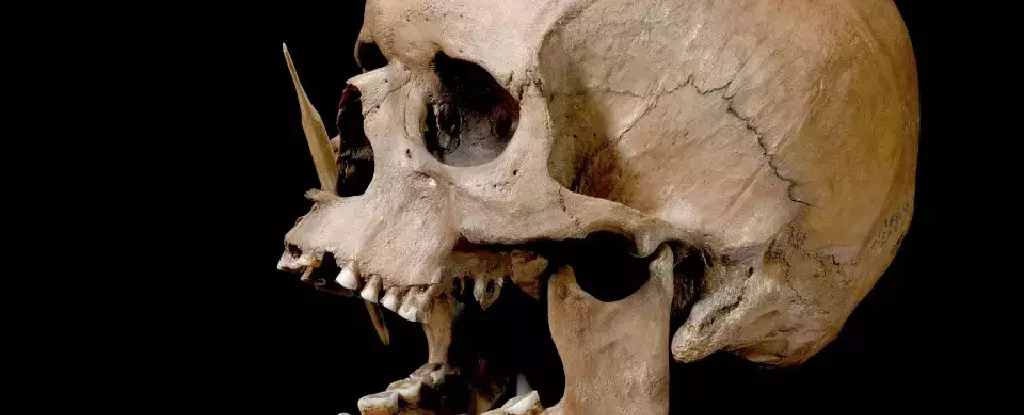The transition from hunter-gatherer lifestyles to farming in late Stone Age Europe was not as peaceful as previously believed. A new study reveals that it was a brutal takeover, characterized by violence and rapid population turnover. The study, conducted by an international team of researchers, analyzed DNA samples from 100 human remains found in Denmark, spanning over 7,300 years of history. The results show that in southern Scandinavia, the population was entirely replaced by newcomer farmer-settlers, twice within just a thousand years.
Contrary to previous beliefs that the transition to farming was peaceful, the study shows a different story. It suggests that the hunter-gatherer populations were wiped out by the incoming farmers, who also brought new pathogens from livestock that further decimated the gatherers. This violent transformation led to the erasure of hunter-gatherer DNA, which became hardly detectable in the genomes of Scandinavia’s first farmers.
The first wave of farmers in Scandinavia, known as the Funnelbeaker culture, lived for about 1,000 years before being replaced by a new group from the eastern Steppes, with ancestry from the Yamnaya people. This new cultural group, called the Single Grave culture, quickly overtook the Funnelbeakers, leading to a rapid population turnover with virtually no descendants from the previous population. The DNA profile of the first farmers in Denmark has been essentially erased from modern-day Danish populations, indicating the extent of the turnover.
The study not only sheds light on the violent takeover that accompanied the transition to farming in late Stone Age Europe but also has implications for modern genetics. By better understanding the ancestry of Danish and Swedish people, researchers hope to uncover genetic markers in ancient DNA that could explain modern-day health patterns. This knowledge could be beneficial for medical research in the long term, helping to understand the development of certain diseases and hereditary factors.
The rise of farming in late Stone Age Europe was marked by violence, rapid population turnover, and the erasure of previous populations. The transition from hunter-gatherer lifestyles to farming was not a smooth process but a bloody takeover that shaped the genetic makeup of modern-day Scandinavian populations. By uncovering these historical events, researchers hope to gain a better understanding of our heredity and its implications for modern health patterns.


Leave a Reply